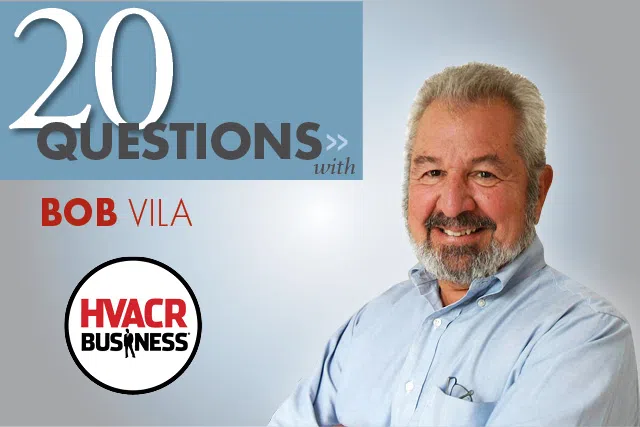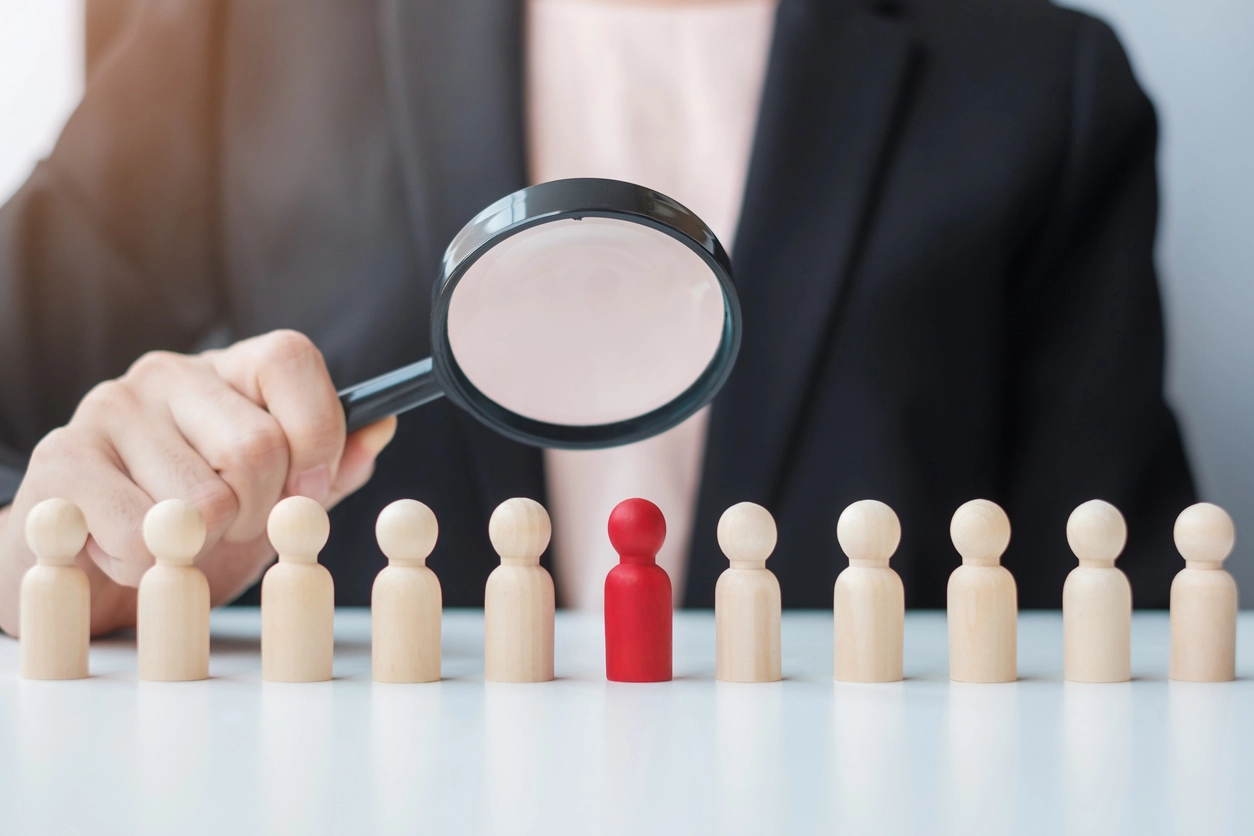HVACR Business Publisher Terry Tanker recently interviewed Bob Vila, home improvement guru and television personality. Vila, who is considered the forefather of home improvement television, discussed how he got started, running a small business, upgrading HVACR equipment and the growing trend toward IAQ.
1. We’re so used to seeing you on TV, we feel like we know you. What are some things we may not know?
On a typical Saturday night I’ll go out with my wife, visit friends or go to a theatre. My favorite hobby is gardening, and my favorite activity is cycling.
2. How did you get started?
I grew up in Florida and attended Miami Dade County Junior College where I studied architecture. Then, I was accepted to the University of Florida, but had trouble with the technical architectural course work. I had an opportunity to switch over to the school of communication, which had always been my minor.
3. What did you do after graduation?
I joined the Peace Corps for two years and built houses in Panama. After that, I had an opportunity to work in Europe, so I spent two years over there. When I realized I’d been gone four years, I knew I had to get back or else I’d never come back.
4. Is that when you started your company?
No. I realized my real love was architecture. I had friends in Boston doing graduate work, so I applied to the Boston Architectural Center (BAC). I started my company after that.
5. Did you want to work for an architectural firm?
I knew with a degree from BAC I could probably get a job — but it wouldn’t pay much. I could continue building my contracting business, but it would mean growing it to the point where I had a lot of other people working with me.
6. What was your next step?
I realized investing and developing real estate, which I had not previously considered, could be an excellent option for me. And, in fact, that was the direction I took.
7. Can you tell me more about that?
In the 1970s, in Boston’s back bay, there were many, many beautiful brownstones and breakfronts from the 1870s, 80s and 90s that had remained as single-family layouts, but had been used as rooming houses. They were rundown, but you could acquire them, restore them and convert them into apartments or condominiums. That’s what I concentrated on.
8. Do you remember your very first job?
It was 1973 and involved helping to manage a renovation of a brownstone being turned into apartments. I was still doing coursework at the BAC.
9. You were a small business owner and had plenty of competition — how did you differentiate your company?
When I was getting started, I marketed my business as a designer and builder. Basically, I was combining the role of the architect with the contractor at a level where you could do it.
10. Who was your target customer?
I focused on a market that was interested in renovating brownstones, older houses and even antique houses, but with an eye toward including contemporary technologies and interiors. At the time, it was an innovative service to offer.
11. When you were asked to do “This Old House,” did you view it as an opportunity to grow your business or did you think there was a possibility to be the voice of an industry?
Totally the former; I saw it as an opportunity to get a lot of publicity for my business. I never expected it to become what it did.
12. What has been one of the keys to success?
Finding and doing business with other people who are successful.
13. How do you manage the Bob Vila brand?
I have great people who work with me and for me. I’ve got people who have been with me for more than 20 years, handling the fiscal part of my enterprise, and I’ve got a management team and a creative team in New York. It tends to work out.
14. What is the most challenging aspect?
The biggest change I’ve seen in terms of running a business is that fewer people have the kind of administrative assistance and help I remember having up until 10-15 years ago.
15. Do you think the technology that replaced many of them was worth it?
Technology has made us more and more independent, but it’s also made us totally dependent on laptops and cellphones. It does, however, give us the ability to operate from literally anywhere.
16. Of all the DIY projects, HVACR is luckily never on the list — and that’s great for contractors. What advice do you have for both when they’re trying to find one another?
Obviously, the Internet allows us to do so much research about equipment. I just had to replace some equipment on a property I own that I’m putting on the market and I was pretty sure I knew what kind of equipment I was going to spec, but I wanted to double check. It’s amazing how searching the web can make your challenges that much easier. In terms of brand, type and certainly searching out installers and service people.
17. Do you have a specific contractor you like to work with in Boston?
Yes, I have a terrific HVACR contractor in my town — BTU Control, Inc. in Edgartown, Mass. They’re very well respected in our community and very current with all the different product lines and technologies, and they have good people that work with them.
18. What’s important to you when replacing equipment?
I replaced some equipment at my home ahead of some EPA guidelines that are coming along. I accelerated the process while certain equipment I wanted was still available.
19. Were there any surprises?
Maybe the word is opportunity. I thought about this the other day in terms of people who live with a forced air system. You don’t think much about the idea of the delivery systems being problematic, but your ductwork can be pretty old and dirty.
20. You’re speaking about IAQ. Do you think more people are becoming concerned about it?
Homes today are built so tightly, VOCs can be an issue, or old homes with duct dust. People with asthma or sensitive respiratory issues have certainly become aware. Obviously, contractors have been selling remedies for this for years, and I do think it will continue to be a growing part of their business.






